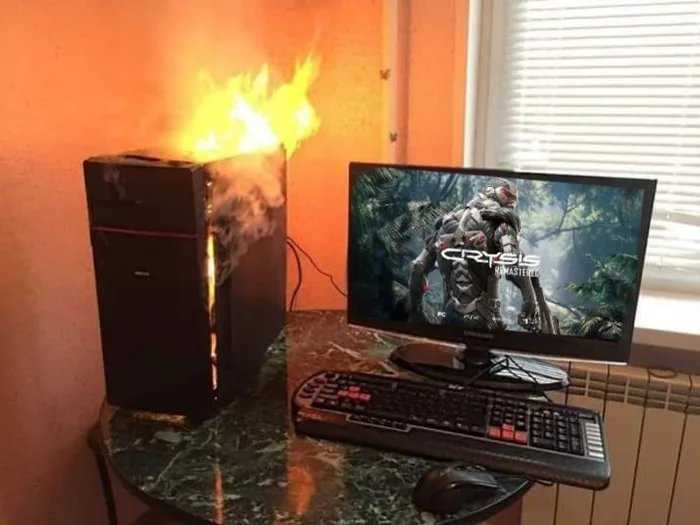Ok, we admit it... we have it pretty easy these days. Gaming is one of the largest facets of the technology industry today, and it benefits from a lot of cutting-edge technology. Often, you can experience incredible stories and blockbuster games without leaving your couch.
But gaming wasn't always this way. Many gamers are nostalgic for the dawn of gaming in the 80s and 90s, but there's an era that we all just don't talk about that much - the 2000s. And that's mostly because this era is the equivalent of gaming's awkward teenage years - things are improving, and some things we know today are starting to develop, but we have a long road before we're playing Horizon: Forbidden West on a PS5 hooked up to a 4K 55 inch TV. Here are 10 problems that gamers faced in the 2000s. Not having an HD TV The struggles of not having an HD TV
I think we sometimes forget that TVs have come a long way since their invention in 1927, and the advent of colour TV in 1953. TV has had a long, fascinating technological history that is too complex for us to go into in this article (for an awesome history of American TV, we recommend The Columbia History of American Television by Gary Edgerton) but suffice it to say that the HDTV technology that we use today wasn't widely adopted worldwide until the late 2000s.
Before that point, most TV sets could only handle Standard Definition (SD), which was of significantly lower quality (though it did inspire a certain vintage aesthetic that modern games now attempt to emulate). In the transitional period between SD and HD TV, many games were made for HD but would be played on SD TVs. This could suck, especially if you had a friend whose family could afford an HD TV, and you could directly witness the difference. Terrible PC Ports Spongebob Squarepants Battle for Bikini Bottom's terrible PC port


